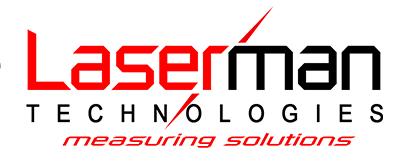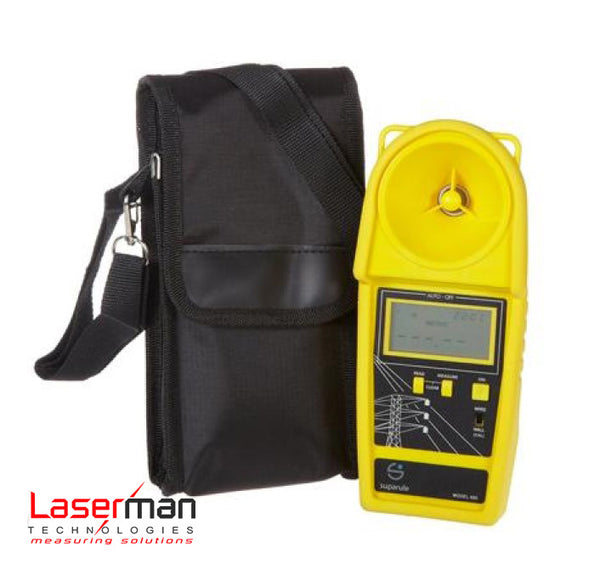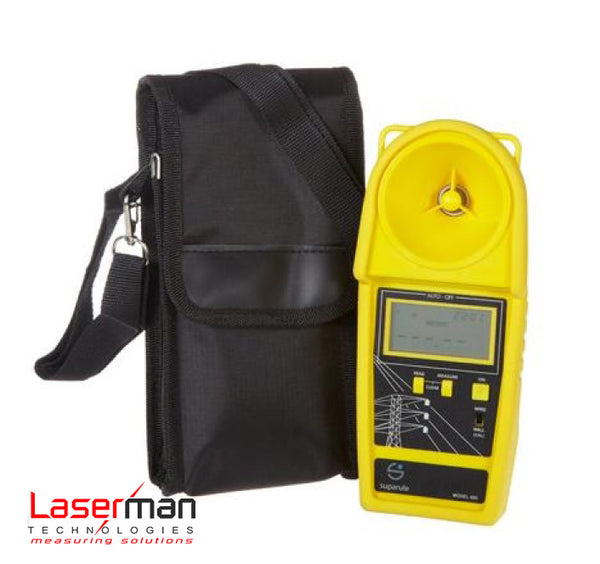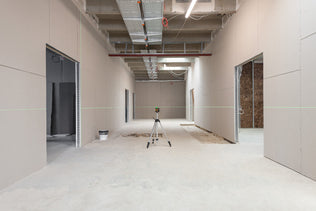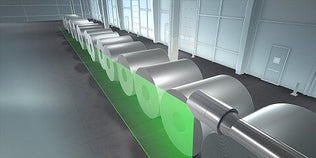Laser Solutions for the Tire Industry: Improving Efficiency, Accuracy, and Quality
Lasers are increasingly being used in the tire industry to improve efficiency, accuracy, and quality. Lasers can be used for a variety of tasks, including:
- Cutting: Lasers can be used to cut tires to size, as well as to cut complex shapes and patterns. This can help to improve the efficiency of the cutting process and to reduce waste.
- Marking: Lasers can be used to mark tires with identification codes, tire pressure information, and other important information. This can help to improve traceability and to ensure that tires are properly maintained.
- Cleaning: Lasers can be used to clean tire molds and tires themselves. This can help to remove contaminants and to improve the quality of the finished product.
- Inspection: Lasers can be used to inspect tires for defects, such as cracks, bubbles, and foreign objects. This can help to ensure that tires are safe and to prevent recalls.
Laser technology is helping tire manufacturers to produce tires that are safer, more durable, and more environmentally friendly. Lasers are a versatile and precise tool that can be used to improve the quality and efficiency of tire production.
Benefits of using laser solutions in the tire industry
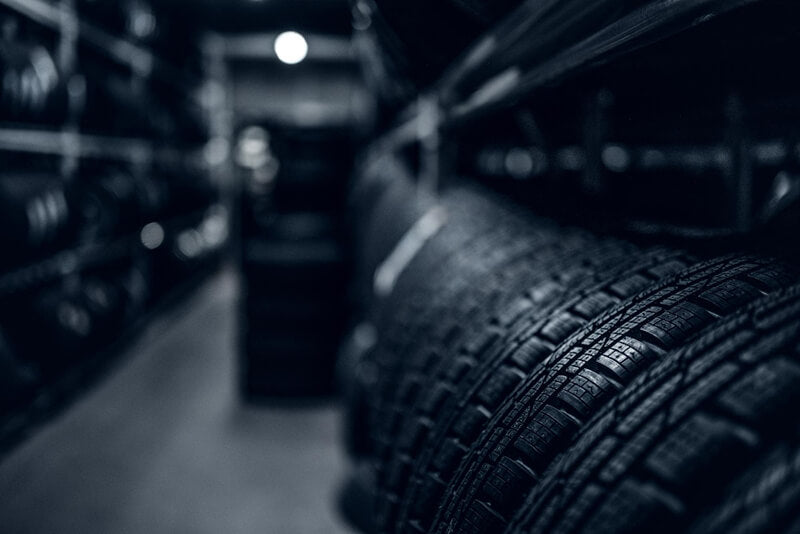
- Increased efficiency: Lasers can help to improve the efficiency of tire production by automating tasks that were previously done manually. This can lead to faster production times and lower costs.
- Improved accuracy: Lasers can provide a high level of accuracy, which is essential for tasks such as cutting and marking tires. This can help to ensure that tires are produced to the required specifications.
- Improved quality: Lasers can help to improve the quality of tires by removing contaminants and by creating precise cuts and markings. This can lead to longer tire life and better performance.
- Increased safety: Lasers can help to improve safety in the tire industry by reducing the risk of accidents associated with manual tasks.
- Environmental benefits: Lasers can help to reduce the environmental impact of tire production by eliminating the need for chemicals and solvents.
How laser solution used in application
Measurement of web width, web edge and web geometry
Precise monitoring of the width and edges of the rubber webs is realized with the aid of laser light. This guarantees that all subsequent process steps can be carried out efficiently. Time-consuming changeover times are reduced to a minimum by early error correction.
When measuring web geometry, it is not only a matter of a uniformly bright projection, but also of precise line straightness and thermal stability. The laser modules used for this purpose are robustly processed and ideally tailored to these specific requirements, ensuring high precision and reliability in the work process.
Product recommendations:
Positioning lasers
[Z5A Belt-Aligner]
Positioning lasers and lasers for machine vision
[Laser module ZM18]
Lasers for machine vision
[Laser module ZX20 ]
[Laser module ZQ1]
Tire Building Machine
Three, five or seven laser lines are usually used for correct positioning of the rubber layers on the drum. Green laser light has proven to be particularly advantageous, as it is optimally visible on black rubber. In terms of module wavelengths, Z-LASER covers both 520 nm and 532 nm.
In addition to the visibility of the laser lines, their precise positioning during tire mounting is also important. This precision can be achieved with Z-LASER’s special mounts.
In addition, the laser modules from Z-LASER offer the following advantages:
- No shift of the line position when refocusing
- Various optics with different aperture angles available as standard
- The lasers are eye-safe and thus offer optimal conditions for occupational safety.
Product recommendations:
[Laser module ZM18]
[Precision mount MXYZ]
[Precision mount H6-20]
Splice inspection and measurement
Visual inspection of tire splices for potential defects such as open spots, overlapping layers or other irregularities is crucial to ensuring the safety and longevity of tires. Here, the laser plays a central role within the inspection system, consisting of camera and machine vision.
By using laser solutions that produce precisely straight and contrast-independent highly visible lines on dark material such as rubber, even anomalies that would not be visible to the naked eye can be detected. This increases the accuracy of the inspection and helps to ensure the quality and reliability of the tires.
Product recommendations:
[Laser module ZX20]
Tire Press
In this application, the exact positioning of the tire blanks in the tire presses plays a crucial role. To ensure this, Z-LASER products project a clearly visible cross marking. When using the tire press, it is also essential that the lasers used are highly robust. In addition, the laser light should be clearly visible and eye-safe at the same time.
Product recommendations:
[Laser module ZM18]
Checking the Tire Geometry
In this step of tire production, the tire is inspected for possible radial run-out, dents and other discrepancies. Here, too, solutions from Z-LASER are used, which act as an illumination source and are combined with a camera and a machine vision unit.
The strengths of Z-LASER in inspecting tire geometry lie in the exact straightness of the lines and the uniformly bright projection. This can ensure accurate and efficient inspection of tire quality, which significantly supports quality assurance and productivity in the tire manufacturing process.
Product recommendations:
[Laser module ZX20]
Code reading and character recognition (DOT - CODE / OCR*)
By using 3D measurement technology based on laser triangulation, cast-in or embossed numbers and letters on the tire wall can be detected. In this application, the laser module acts as an illumination source and is part of an overall solution that includes an industrial camera and a machine vision unit. This can be used to automatically detect tire type and serial or batch numbers, which automates subsequent steps in quality inspection or further processing. Laser modules from Z-LASER are characterized in this work step by a uniformly bright projection and the exact straightness of the laser lines, which enables precise and reliable detection.
Product recommendations:
[Laser module ZX20]
Tire tread measurement
Measuring a tire tread is critical to ensuring tire safety and integrity. Triangulation systems are used to automate and speed up this process. These consist of a line laser, an industrial camera, and a powerful machine vision unit.
Z-LASER offers laser modules that are not only characterized by homogeneous and very straight lines, but also by their high robustness and reliability. These features contribute significantly to the efficiency and precision of tire tread measurement.
Product recommendations:
[Laser module ZX20]
[Laser module ZM]
Tire retreading
Precise alignment of the tire tread is crucial for successful renewal. The use of one or more laser lines can ensure that the old tread is completely removed, and the new tread is perfectly placed. The following applies: All work steps should be carried out quickly and with maximum precision to ensure seamless coordination of the processing steps.
Product recommendations:
[Lasermodul ZM18]
[Lasermodul ZD]
Overall, laser solutions offer a number of advantages for the tire industry. They can help to improve efficiency, accuracy, quality, safety, and environmental impact. As laser technology continues to develop, it is likely that lasers will become even more commonplace in tire production.

